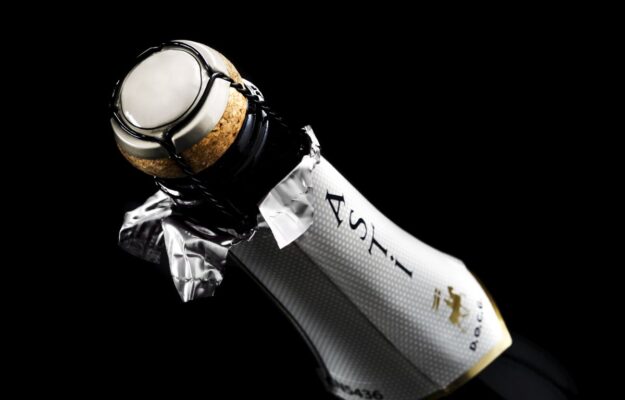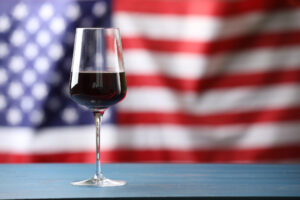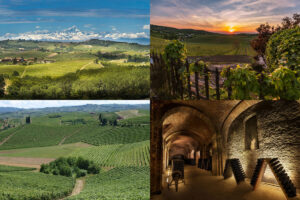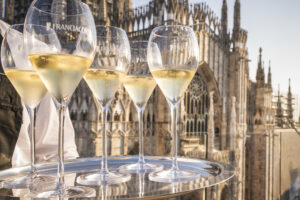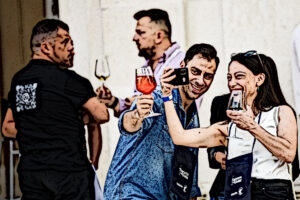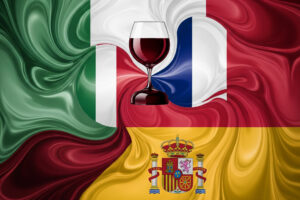The first Italian Metodo Classico, born in the “Underground Cathedrals” cellars of Canelli Unesco World Heritage Site under the hills “extolled” by “giants” of Italian and world literature such as Cesare Pavese and Beppe Fenoglio, a symbol of the Piedmontese and Italian sparkling wine tradition and of “sweet drinking” thanks to its centuries-old history, and today one of the most contemporary expressions of made-in-Italy sparkling wines, thanks to its countless occasions for consumption, from aperitifs to cocktails, writes a new chapter in a tradition that never stops looking to the future. And which, continuing to ride the wave of success of sparkling wines, also crosses that of rosé wines, of which Italy boasts an important production, and which in recent years have seen an increase, and a lot, in passion and interest on the part of consumers around the world, especially young people. It is the Asti Docg that will also become rosé, with the okay arrived, in recent days, by the Assembly of the Association of Comuni del Moscato, with the top management of the Consortium of Asti and Moscato d’Asti Docg.
Rosé that should be born from the union of Moscato and Brachetto grapes, two aromatic wines that belong to the territory, thus opening a new production channel (already from the next harvest if the bureaucratic process materializes with the right timing) and potentially widening the consumer base.
The Asti Docg family, made up of the Asti Spumante and Moscato d’Asti types, is therefore ready to expand by adding a “modern” touch to diversify a production that originates from those Langhe-Roero and Monferrato wine-growing landscapes that are Unesco World Heritage Sites. In those very lands where, in 1865, Carlo Gancia gave birth to the first Italian sparkling wine, the future is now ready to be colored pink as well.
Copyright © 2000/2025
Contatti: info@winenews.it
Seguici anche su Twitter: @WineNewsIt
Seguici anche su Facebook: @winenewsit
Questo articolo è tratto dall'archivio di WineNews - Tutti i diritti riservati - Copyright © 2000/2025










